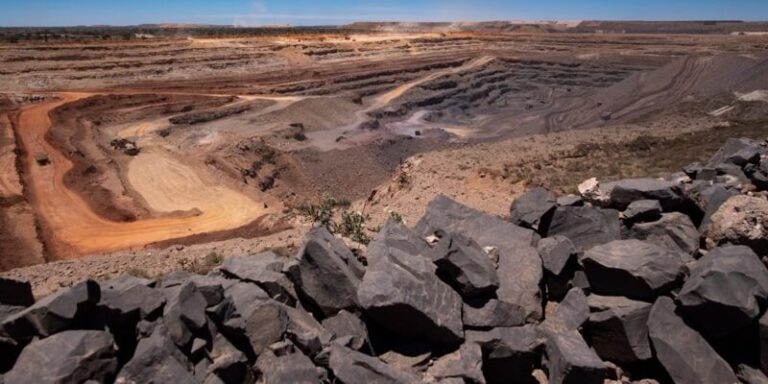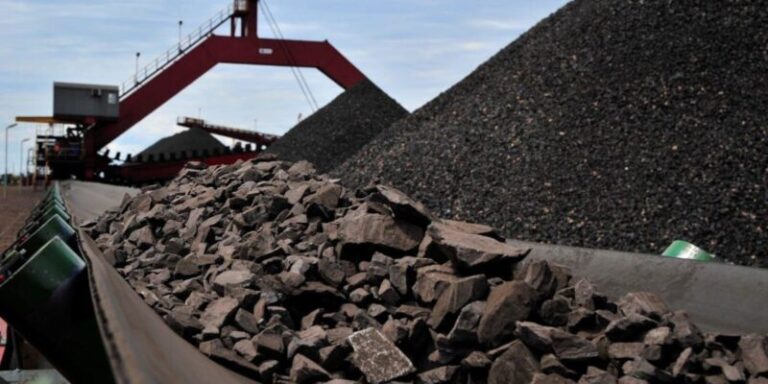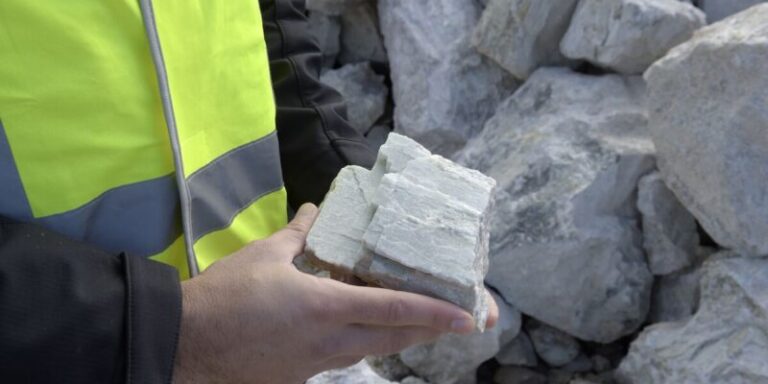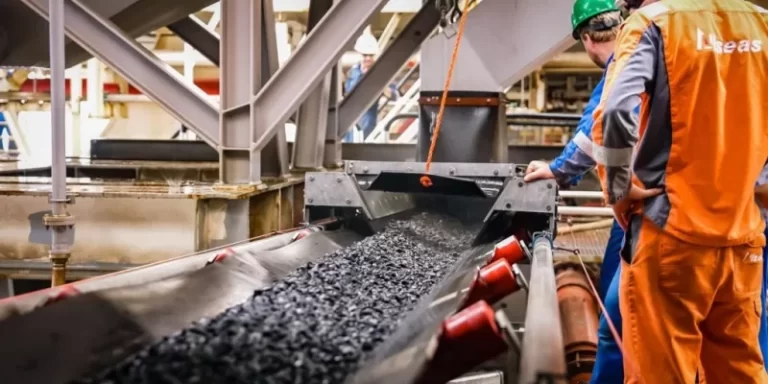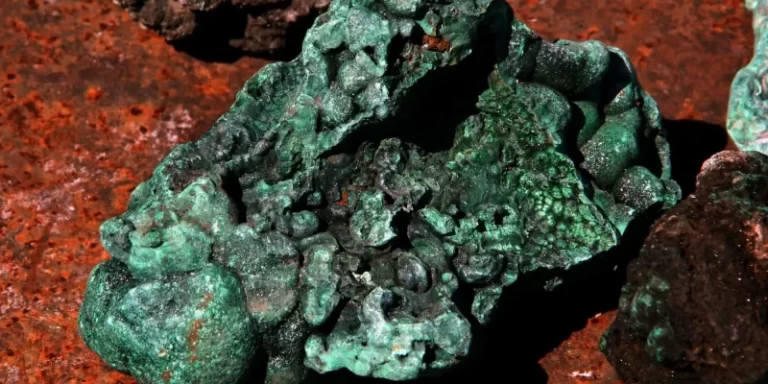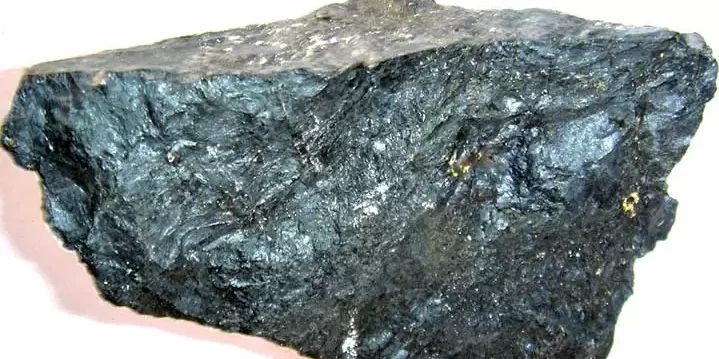
According to the USGS’s 2021 critical minerals revised report, manganese has a lower level of disruption potential, the USGS states the disruption level is calculated by determining whether the global production of the commodity is dispersed or concentrated in one singular country.
The more dispersed the worldwide production is, the less likely political or economic instability of one particular country will cause major constraints.
Alternatively, the economic vulnerability of manganese is considerably higher, due to the possible elevated demand regarding EV’s and demand from the construction industry, which will provoke the price of manganese to inflate, especially if supply capacities cannot match the demand.
Despite being the fifth most abundant metal on earth, it is clear that there is a demand for manganese, and more and more people are researching for information on how to invest in the transition metal.
Due to being a key element in the global energy transition, predictions anticipate that manganese prices are set to, at a minimum, remain stable, if not increase, in order to cope with growing demand from the multitude of industries that utilize the commodity, including the construction and the automotive industries.
In previous years, the price of manganese has seen volatile movements, due to the ripple effects of COVID-19, and global oversupply.
However, this appears to have evened out since 2019, and supplies are predicted to eventually fall into a deficit, leading to price increases worldwide.


